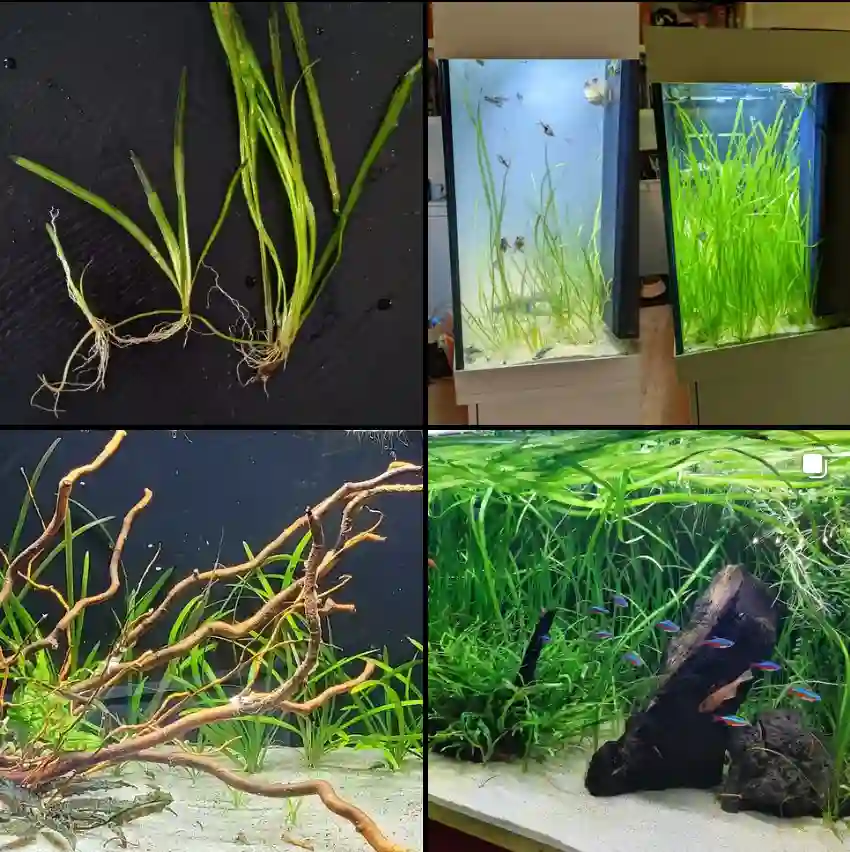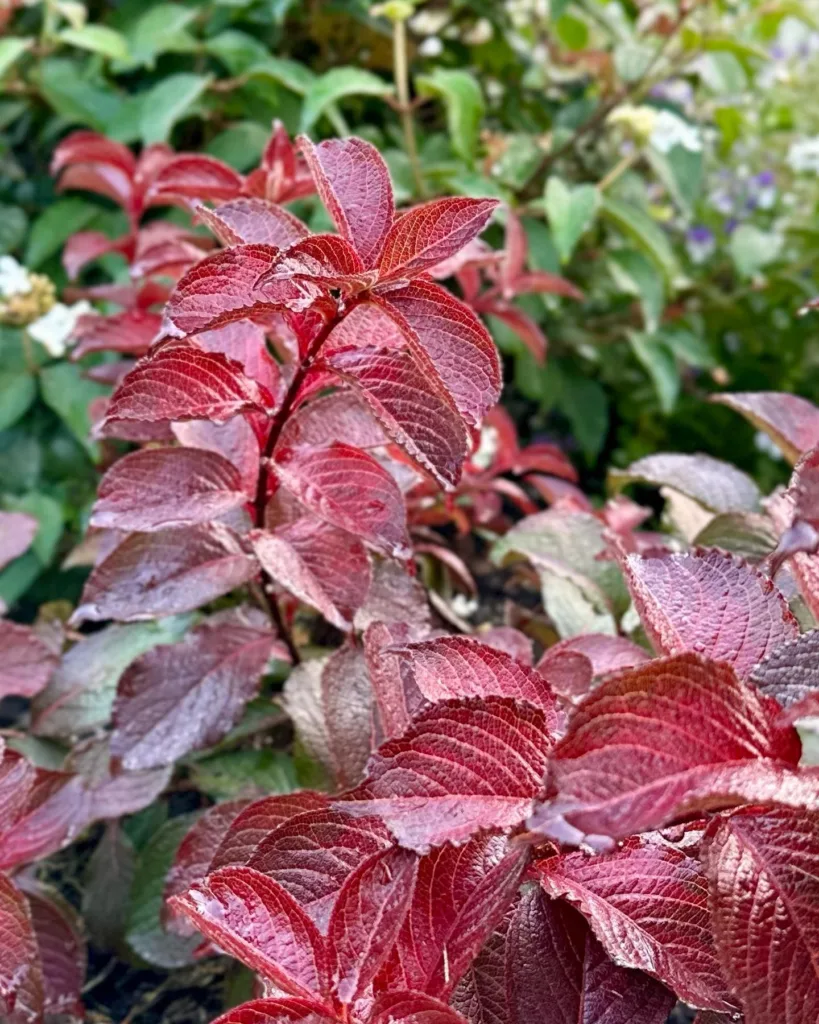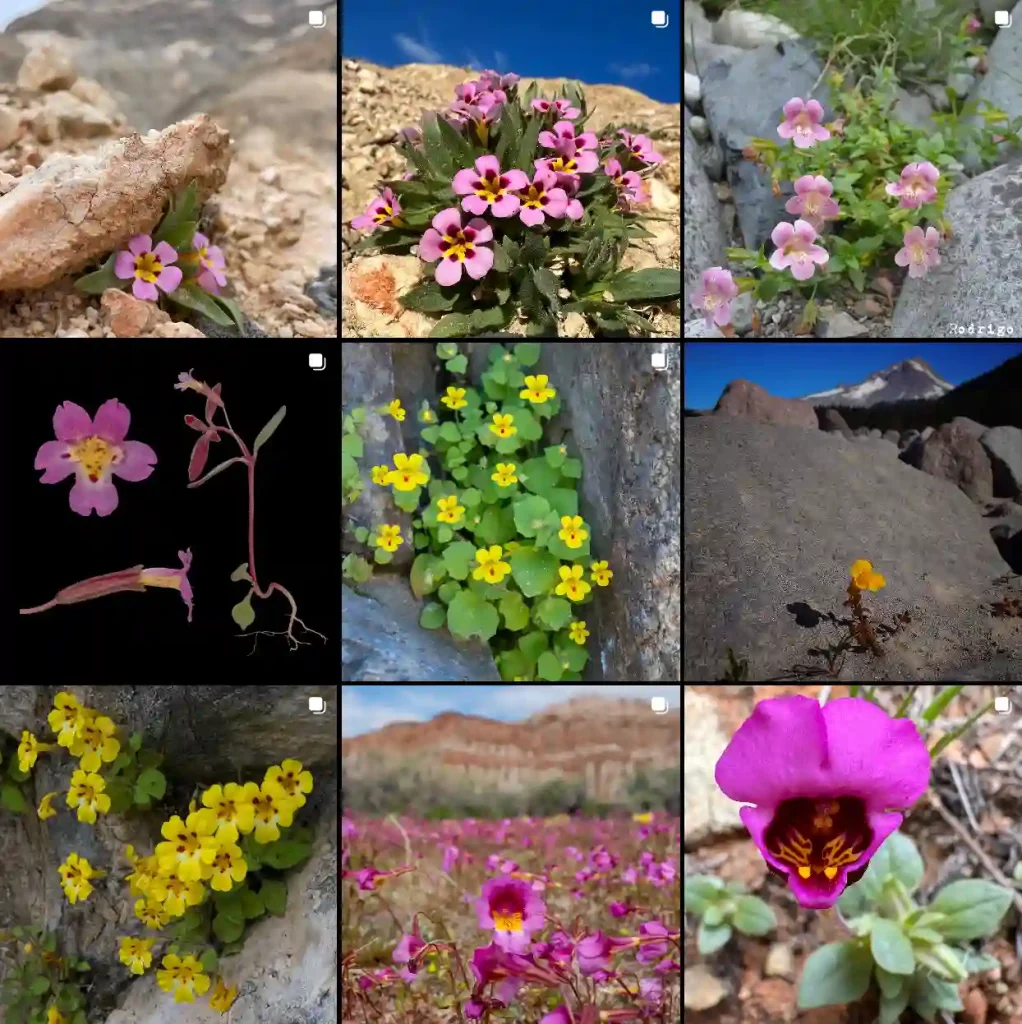FAQs About Scrophularia Californica
As someone who loves plants, I’ve found that Scrophularia Californica, commonly known as California Figwort, is a fascinating species to explore. This plant, native to California, has its own set of unique characteristics and requirements. Here’s a comprehensive guide to answer some of the most frequently asked questions about it.
What is Scrophularia Californica?
Scrophularia Californica is a perennial herb native to California. It belongs to the Scrophulariaceae family and is known for its distinctive, nodding, greenish-brown flowers. The plant typically grows 1 to 3 feet tall and thrives in a variety of habitats, from coastal regions to foothill slopes. Its foliage is somewhat fuzzy and can add an interesting texture to your garden.
Plant Family: 60 Genera in Scrophulariaceae – Figwort Family
How to Care for Scrophularia Californica?
Caring for Scrophularia Californica is relatively straightforward. Here are some key points to keep in mind:
- Light Requirements: It prefers full sun to partial shade. In hotter climates, providing some afternoon shade can help it thrive.
- Soil Conditions: This plant is adaptable to various soil types but does best in well-draining soil. Adding organic matter can improve soil fertility and drainage.
- Watering: Regular watering is essential, especially during the growing season. However, it’s important to avoid waterlogging, which can lead to root rot.
- Temperature and Hardiness: Scrophularia Californica is quite hardy, tolerating temperatures down to around 20°F (-6°C). It’s suitable for USDA hardiness zones 7-10.
- Fertilization: Fertilize sparingly. Over-fertilizing can lead to excessive foliage growth at the expense of flowers.
How to Propagate Scrophularia Californica?
Propagating Scrophularia Californica is quite easy and can be done through seeds or cuttings:
- Seeds: Sow seeds directly in the garden or start them indoors about 6-8 weeks before the last frost. Keep them in a cool, well-lit area until they germinate.
- Cuttings: Take semi-hardwood cuttings in late summer or early fall. Dip the cuttings in rooting hormone and plant them in a potting mix. Keep them moist and in a warm, shaded location until roots develop.
What to Plant With Scrophularia Californica?
Scrophularia Californica pairs well with a variety of other plants:
- California Native Plants: It complements other native species like California Poppy, Lupine, and Manzanita.
- Wildlife Gardens: Its flowers attract pollinators such as bees and butterflies, making it a great addition to a wildlife-friendly garden.
- Low Maintenance Gardens: Combine it with drought-tolerant plants like Lavender and Sage for a low-maintenance, attractive garden.
Is Scrophularia Californica Toxic?
Scrophularia Californica is not known to be toxic to humans or animals. This makes it a safe choice for gardens where pets and children may play. However, it’s always a good idea to monitor for any unusual reactions if ingested.
Benefits of Growing Scrophularia Californica
There are several benefits to adding Scrophularia Californica to your garden:
- Aesthetic Appeal: Its unique flowers and foliage provide visual interest and texture.
- Wildlife Attraction: It draws pollinators and beneficial insects, enhancing the health of your garden ecosystem.
- Low Maintenance: Once established, it requires minimal care, making it suitable for busy gardeners.
Common Problems with Scrophularia Californica
While Scrophularia Californica is generally low-maintenance, it can face a few issues:
- Powdery Mildew: This fungal disease can affect the plant in humid conditions. Ensure good air circulation and avoid overhead watering to prevent it.
- Root Rot: Overwatering or poorly-draining soil can lead to root rot. Make sure the soil is well-draining and water only when necessary.
How Does Scrophularia Californica Compare to Similar Plants?
Scrophularia Californica is often confused with other figwort species or similar-looking plants:
- Scrophularia Nodosa: Unlike Scrophularia Californica, Scrophularia Nodosa is native to Europe and has more erect flowers. It also prefers different soil conditions.
- Penstemon: Penstemons also have tubular flowers and can be mistaken for Scrophularia. However, Penstemons are generally more drought-tolerant and have a different flower structure.
Additional Tips for Growing Scrophularia Californica
- Mulching: Adding a layer of mulch can help retain soil moisture and suppress weeds.
- Spacing: Allow enough space between plants to ensure good air circulation and prevent the spread of disease.
Scrophularia Californica is a versatile and intriguing plant that can enhance any garden with its unique charm. By following these care tips and addressing potential issues, you can enjoy a thriving, beautiful addition to your outdoor space.
If i die, water my plants!



